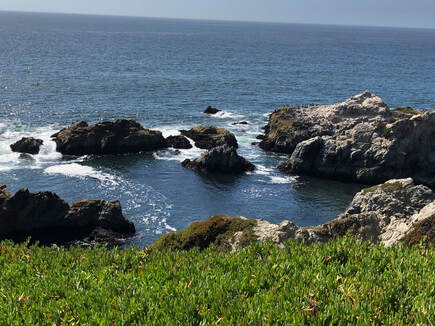
At the same time, many mindfulness teachers and other teachers of live classes and workshops have noticed a decrease in enrollments in the last couple of years. Recently, a journalist from Mic reached out to me to ask if apps can be adequate support for panic and anxiety. (Interesting...she didn't include the quote from me about how mindfulness is grounded in cultures of generosity, and is not just about becoming about a better capitalist...:)).
More important than attempting to breathe a certain way is to gently notice your breath and treat yourself with compassion, whatever form your breath takes — whether fast or slow, shallow or deep.
In the moments leading up to a panic attack, you might notice your breathing start to feel constricted and concentrated in the upper chest, explains L. Rebecca Connell, a therapist with an independent practice in Oakland, California, known as Center for Stress Reduction. You tend to feel deep breathing, on the other hand, in the abdomen, and you often engage in it when you feel relaxed and safe.
But while some people might benefit from trying to control or change their breath, Connell says, the strategy could backfire in others, making them more worried about their breath, which could worsen their anxiety. More important than attempting to breathe a certain way is to gently notice your breath and treat yourself with compassion, whatever form your breath takes — whether fast or slow, shallow or deep. Practicing this mindful approach when you're relatively calm could make it easier for you to do so when you're anxious, and before your anxiety escalates into a full-blown panic attack.
Meditation and guided breathing apps can be helpful in moments of mild to moderate anxiety, when it’s harder to hear your own inner guide, Connell says. But she worries that without guidance from a mindfulness teacher, you might set unreasonable expectations about how you “should” feel — for instance, that you need to empty your mind — which can make you feel discouraged and, again, worsen your anxiety. If you have periodic feelings of anxiety without panic attacks, these apps could be useful, but “if someone is having panic attacks, especially if they’re worried about having another one, they might want to find a licensed professional who can work with them,” she says.

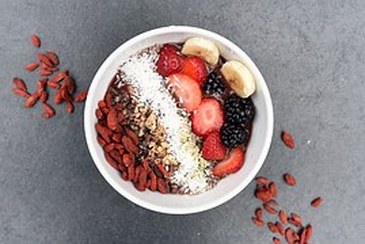
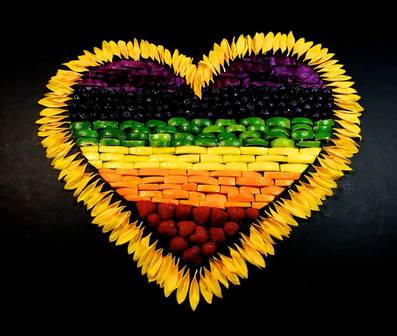
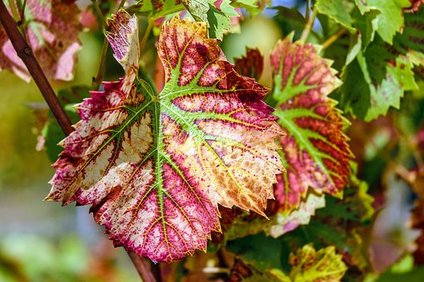

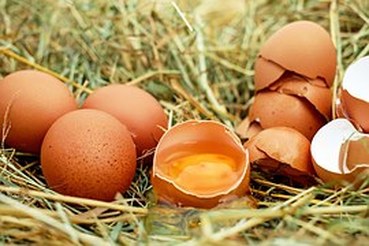


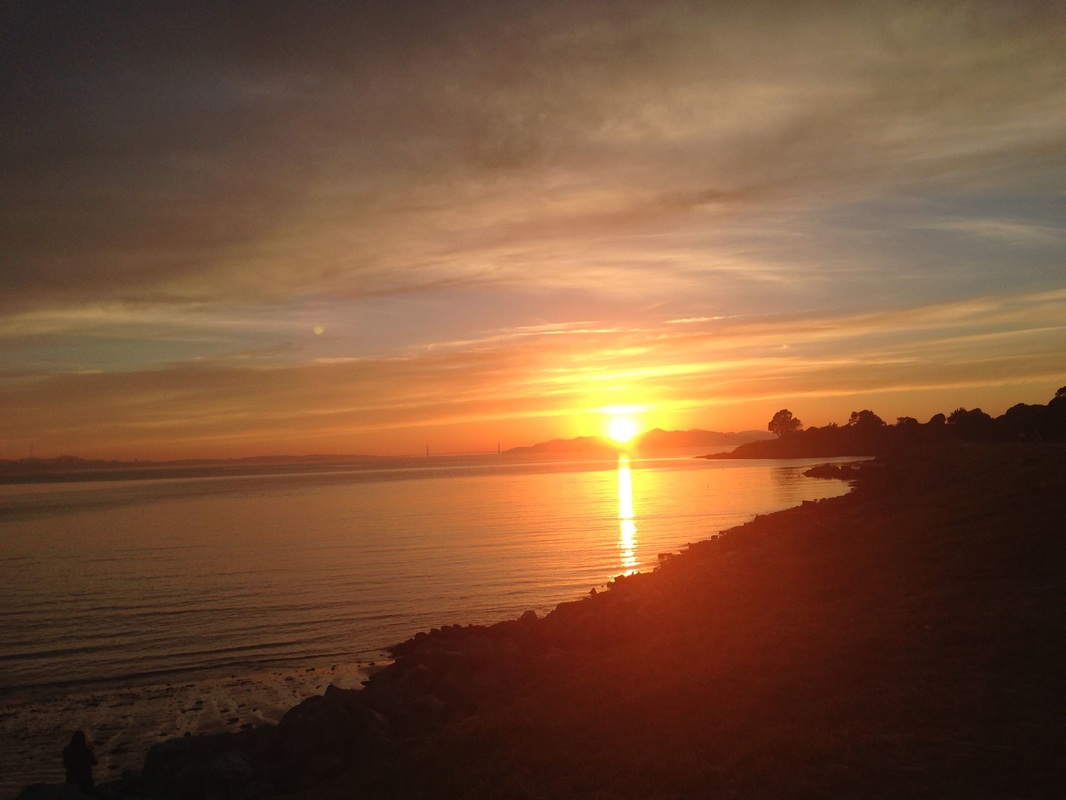
 RSS Feed
RSS Feed